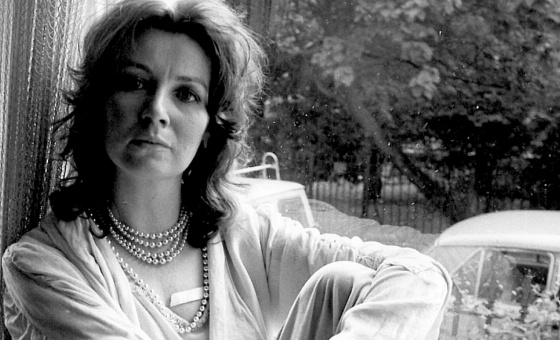This is the last article you can read this month
You can read more article this month
You can read more articles this month
Sorry your limit is up for this month
Reset on:
Please help support the Morning Star by subscribing here
by Our Sports Desk
TEST captains universally rejected a proposal to play tight matches to a finish under floodlights yesterday, while the ICC said they will test balls in all colours of the rainbow in an attempt to help play continue in fading light.
The International Cricket Council (ICC) consulted teams to check if there was a will to circumvent established playing conditions and press on, even in ever worsening light, when a result is imminent.
It is a pragmatic solution which would have prevented the scenes in Abu Dhabi at the end of the first Test between England and Pakistan when play was called off with the tourists needing only another 25 runs in eight scheduled overs.
But ICC chief executive Dave Richardson has revealed Test captains across the board, such as England’s Alastair Cook, were not in favour of the idea on the grounds that it could bring “unjust” conclusions.
Cook queried the decision to abandon play at the Zayed Cricket Stadium on Saturday evening, questioning whether, with the floodlights on but the desert dusk gathering, conditions were “unfair” or “unsafe” for either team.
But speaking two days later at ICC headquarters in Dubai, Richardson made clear that current protocol has been retained after relevant player consultation.
He said: “We have attempted in the past to say to the players: ‘Look, if you’ve got floodlights and they’re good enough to use for Test cricket, we should just bite the bullet — and even if conditions aren’t as good as they might be normally, we should play on and just finish the day’s play or the match.’
“However, that approach wasn’t accepted by any of the teams really.
“They felt that would be unfair, and could lead to unjust finishes.
“So it’s a problem we’re still faced with.”
Richardson, who covered a raft of issues facing the world governing body in a near two-hour presentation and press conference, spelled out the response from teams around the world on the age-old snag of bad light.
“It was the captains on behalf of the players,” he added.
Richardson also clarified reports that the ICC had identified ‘greeny-yellow’ as the best colour for balls to be used in deteriorating visibility or for day-night Test cricket.
He admits the whole question of the best way to mitigate against bad light is an ongoing struggle, with no solution yet easily in sight.
A pink ball is to be used in next month’s inaugural day-night Test between Australia and New Zealand in Adelaide, and it seems that is still the front-running colour — but by no means the only one.





